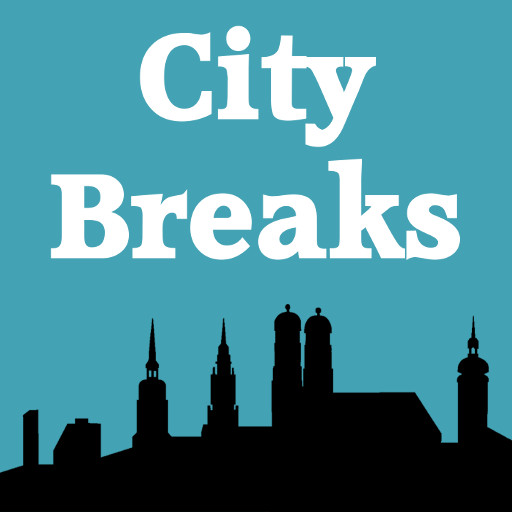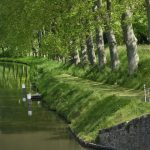The Latin Quarter and Montparnasse are very much the heart of intellectual Paris. The Latin Quarter is the university area, centred around the Sorbonne, and Montparnasse is the former haunt of writers like Ernest Hemingway and Jean Paul Sartre. As if to prove the point, the ceiling of the Cluny la Sorbonne metro station, which sits on the border between the two areas, is covered in signatures: Molière, Victor Hugo and lots more writers and thinkers. This post takes you round both areas and also to the lovely Luxembourg Gardens which lie between the two.
The Latin Quarter
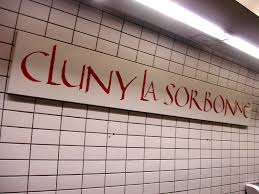
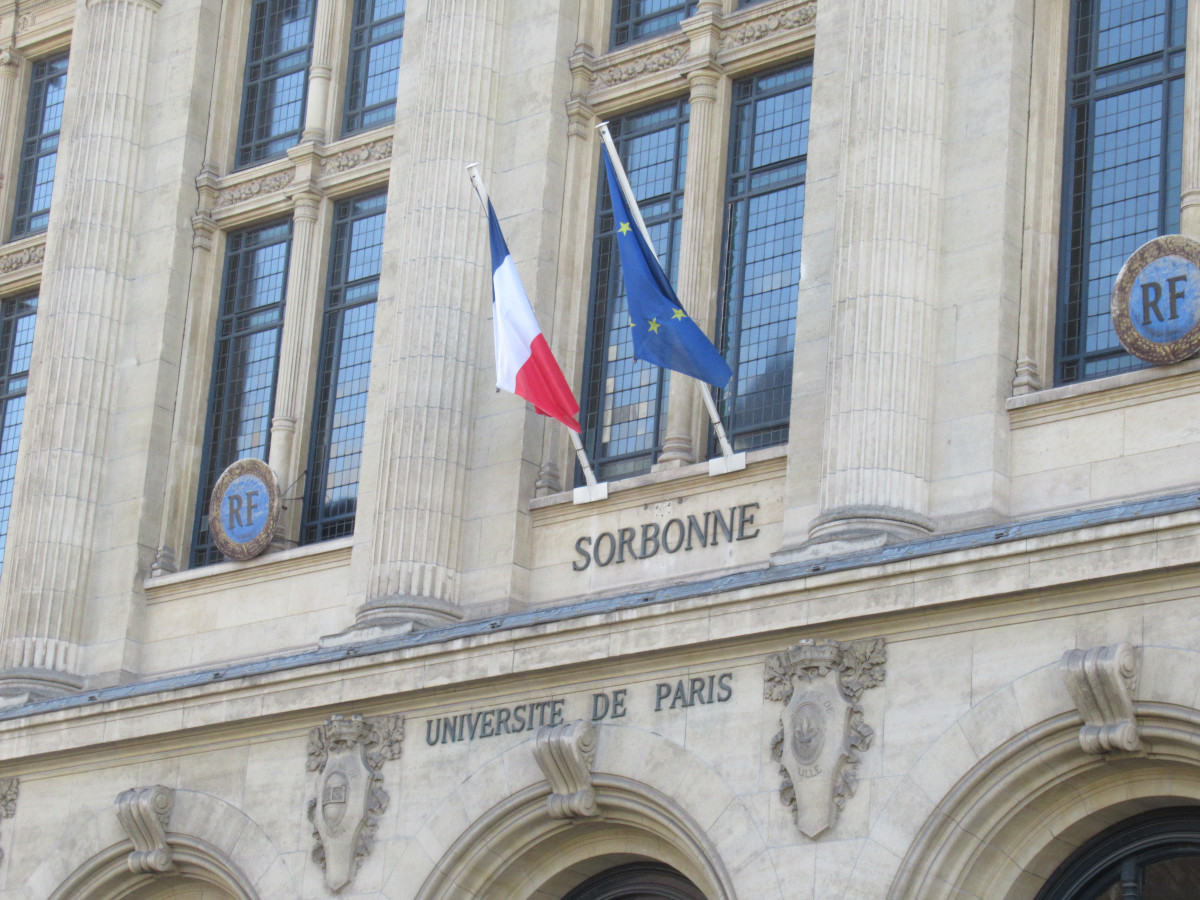
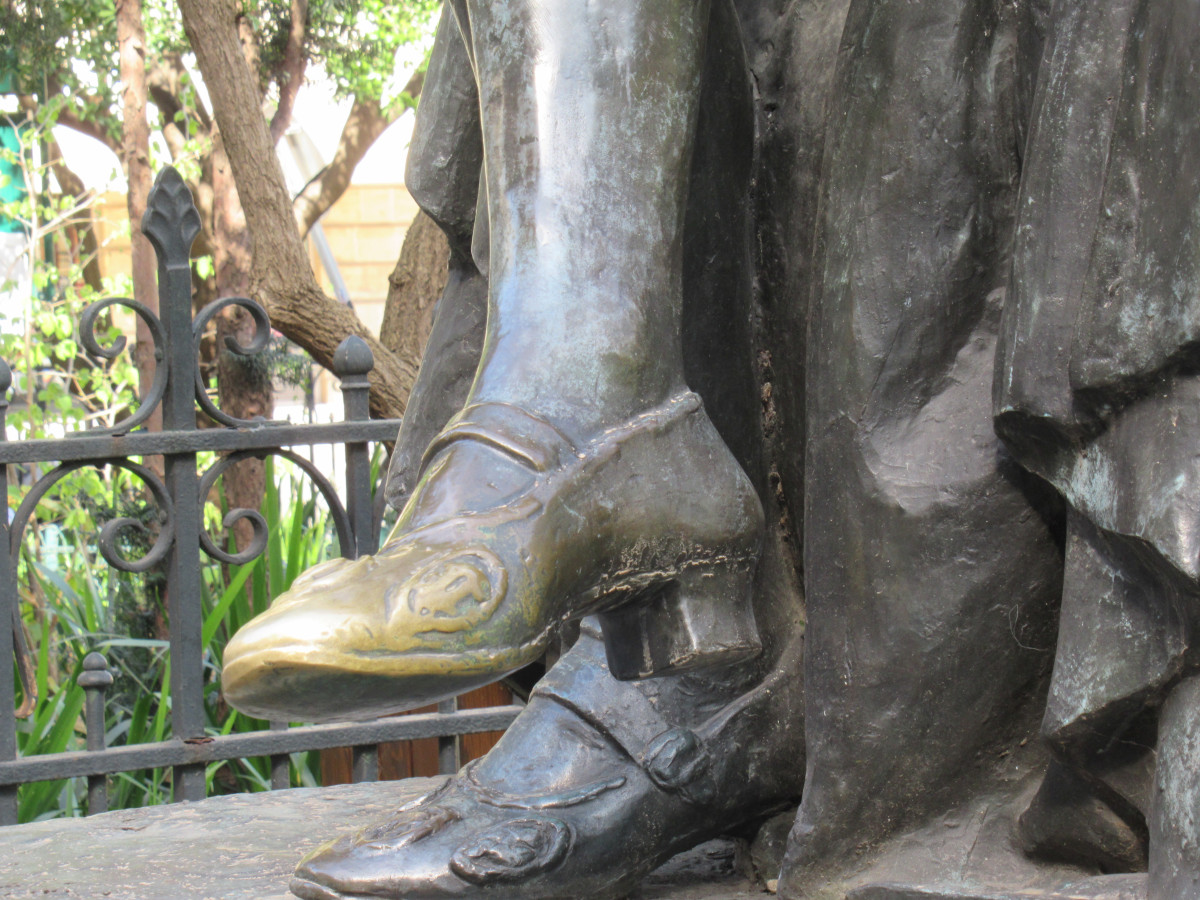
Students first gathered in the Latin Quarter in the 13th century to listen to outdoor lectures on theology, given by men of the church – in Latin, of course! When Robert de Sorbon began providing them with board and lodging in 1257, the Sorbonne university was born and by the end of the Middle Ages it had 20,000 students. En route from Cluny la Sorbonne to Place de la Sorbonne, you will pass a statue of Montaigne, the Renaissance philosopher, on Rue des Écoles, just opposite the Sorbonne. His foot is very shiny because students about to sit an exam rub it for luck.
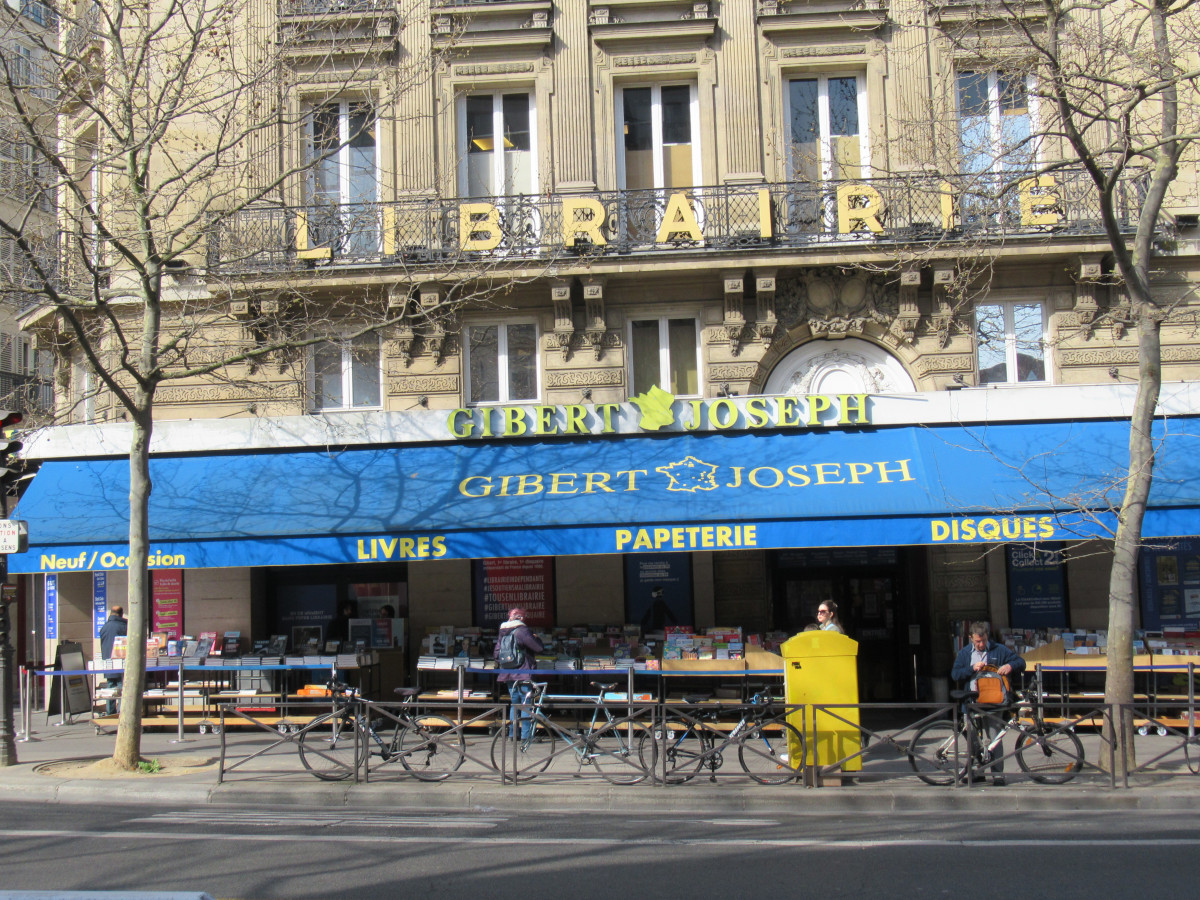
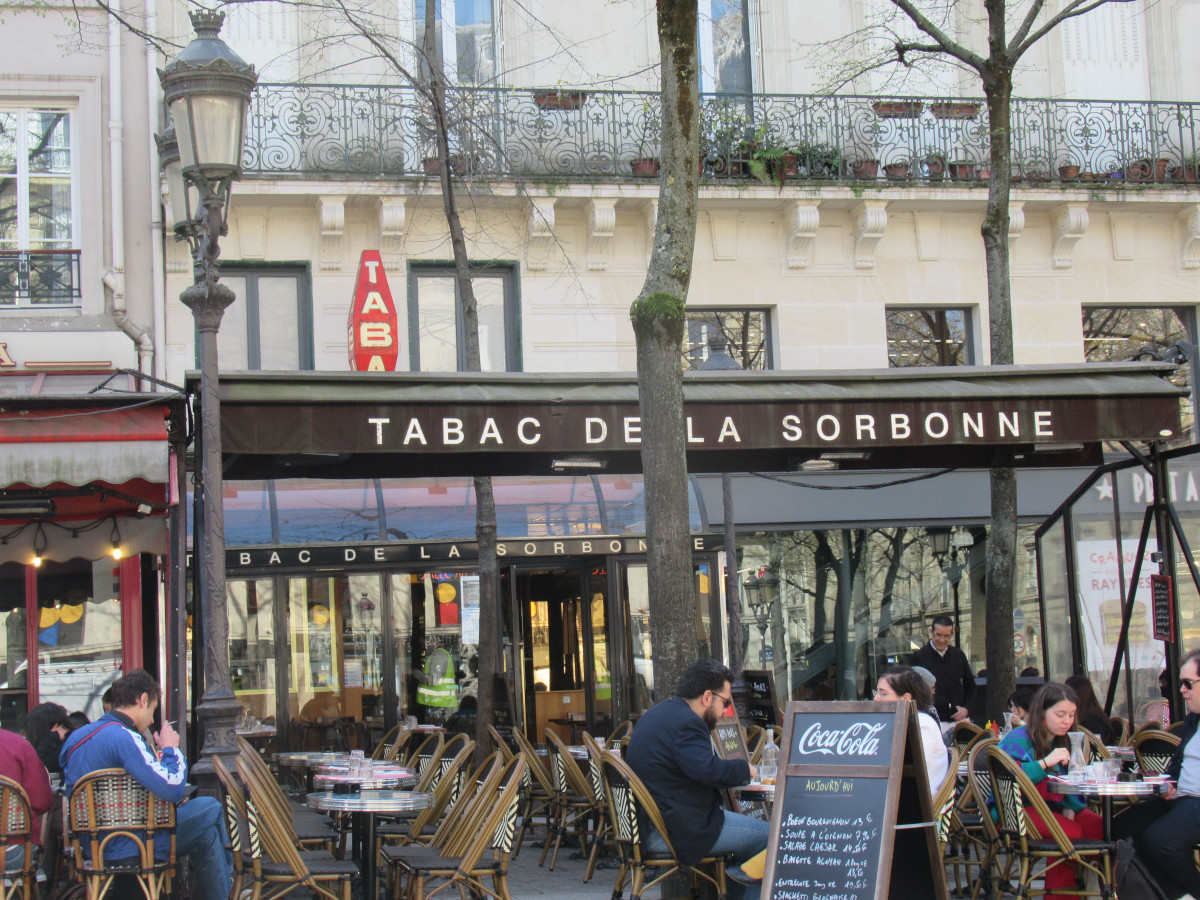
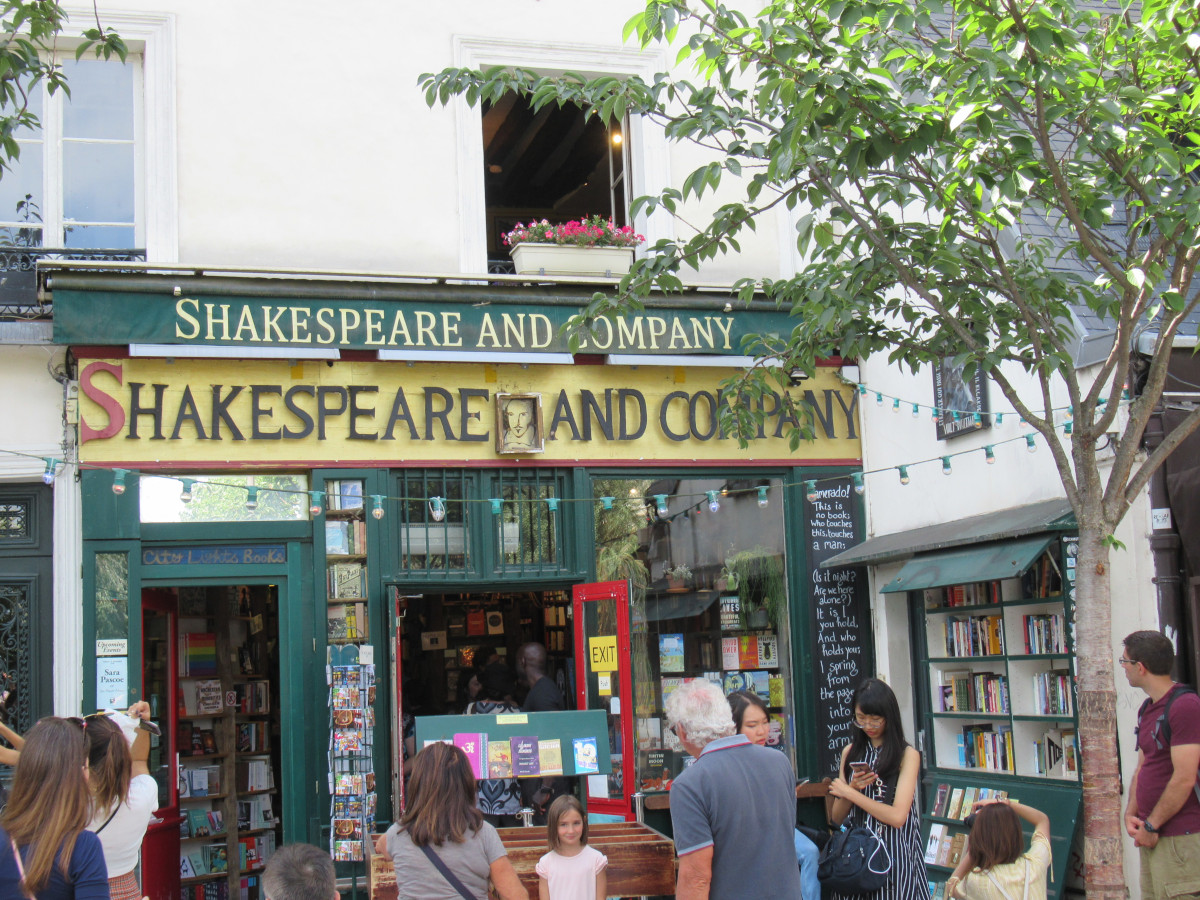
Wandering through La Place de la Sorbonne you can enjoy its studenty atmosphere: lime trees, a fountain, little cafés and bookshops selling titles like Marx’s Class Struggles in France.’ Take a look too, at the beautiful Bibliothèque Sainte-Geneviève, in the Place du Panthéon. It’s the main university library, built in the 1830s on a much older site where Erasmus of Rotterdam came to study. You can arrange to pop inside for a look round on this website.
There are lots of bookshops, both new and second hand in the area and the best known of all is Shakespeare and Company, a true Paris institution, to be found at 37, Rue de la Bûcherie on the riverbank, near Notre Dame. Its original owner, Sylvia Beach, ran it, originally on a different site, as an English-language bookshop and lending library, attracting many writers among her customers including Ernest Hemingway who described it as a ‘big, cheerful place with a warm stove in winter’. Today its higgeldy-piggeldy rooms with uneven floors, towering overstuffed bookshelves, many only reachable by ladder, are a big draw for locals and tourists alike. The walls are covered in quotations and old photos of writers.
the luxembourg gardens
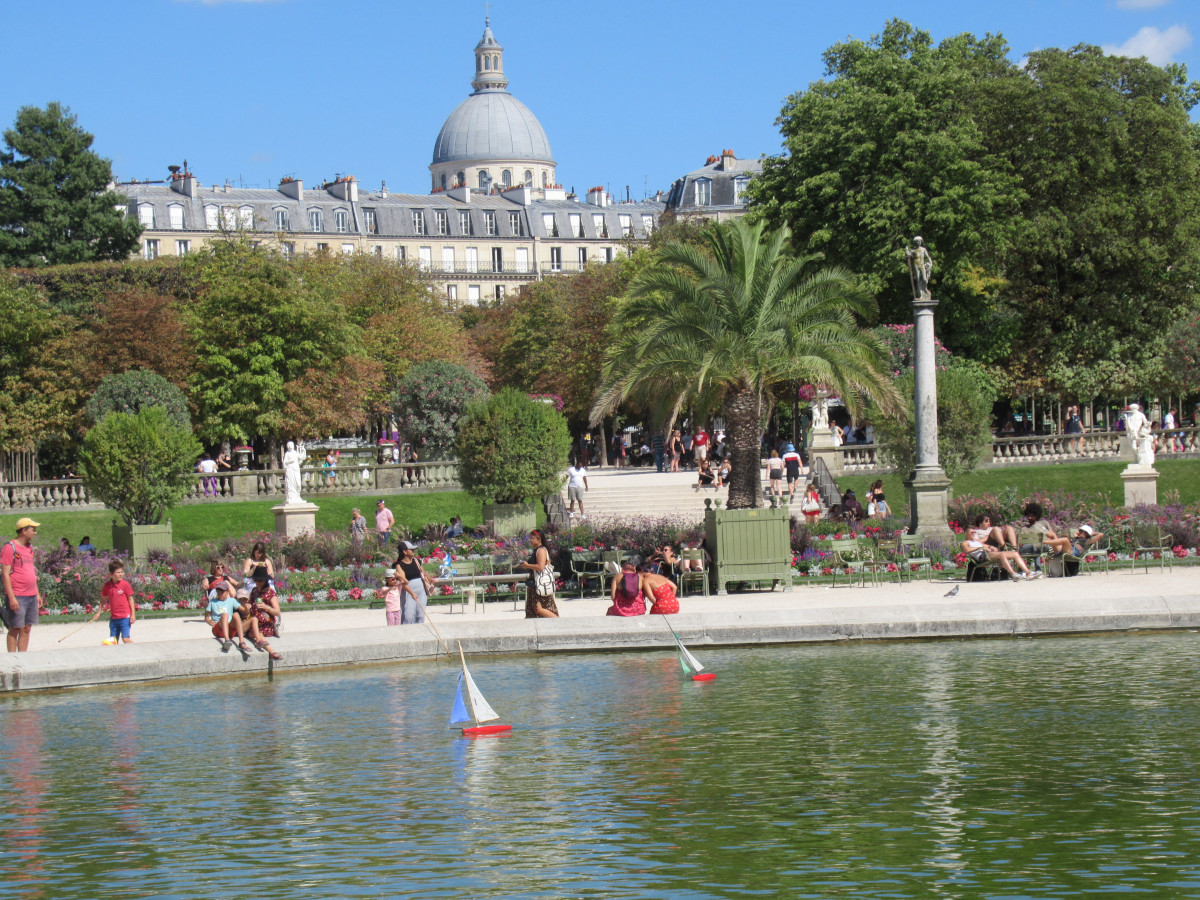
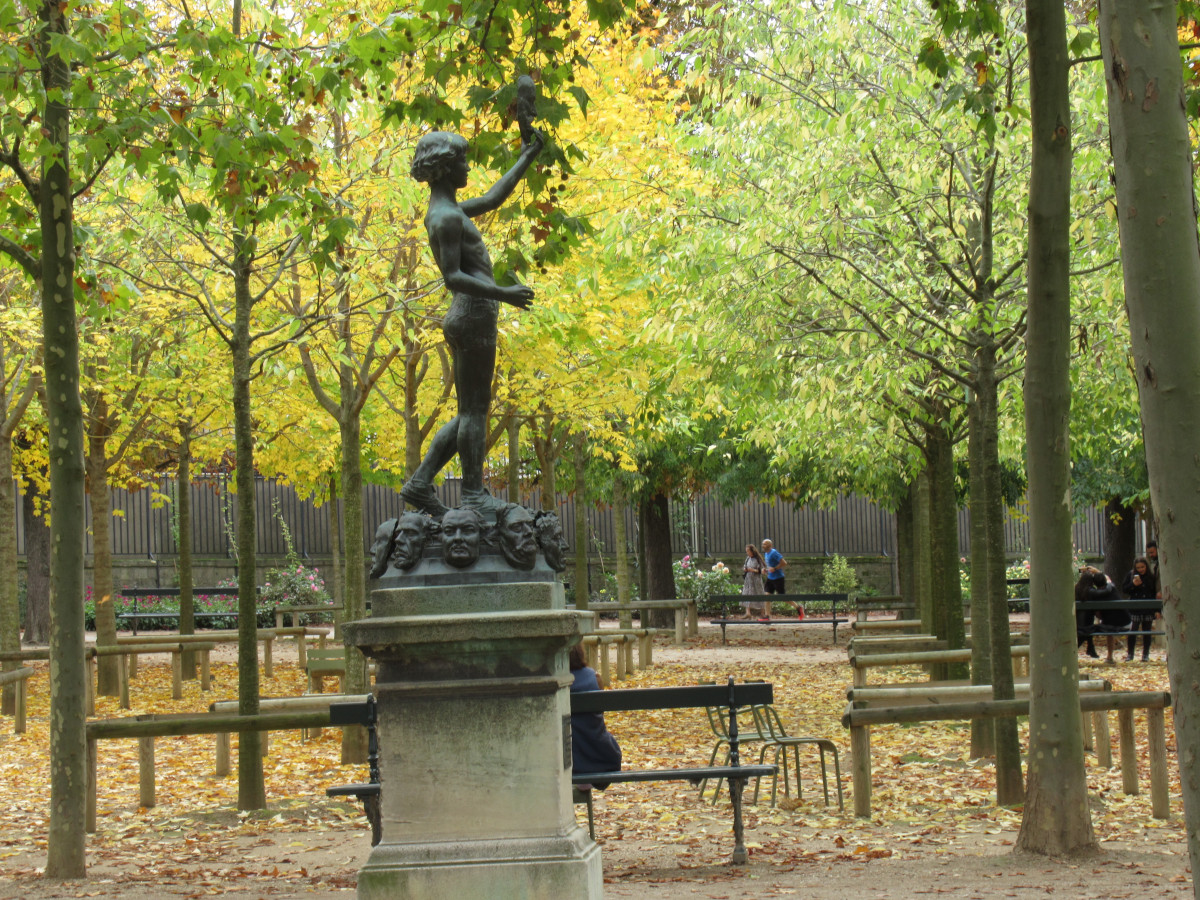
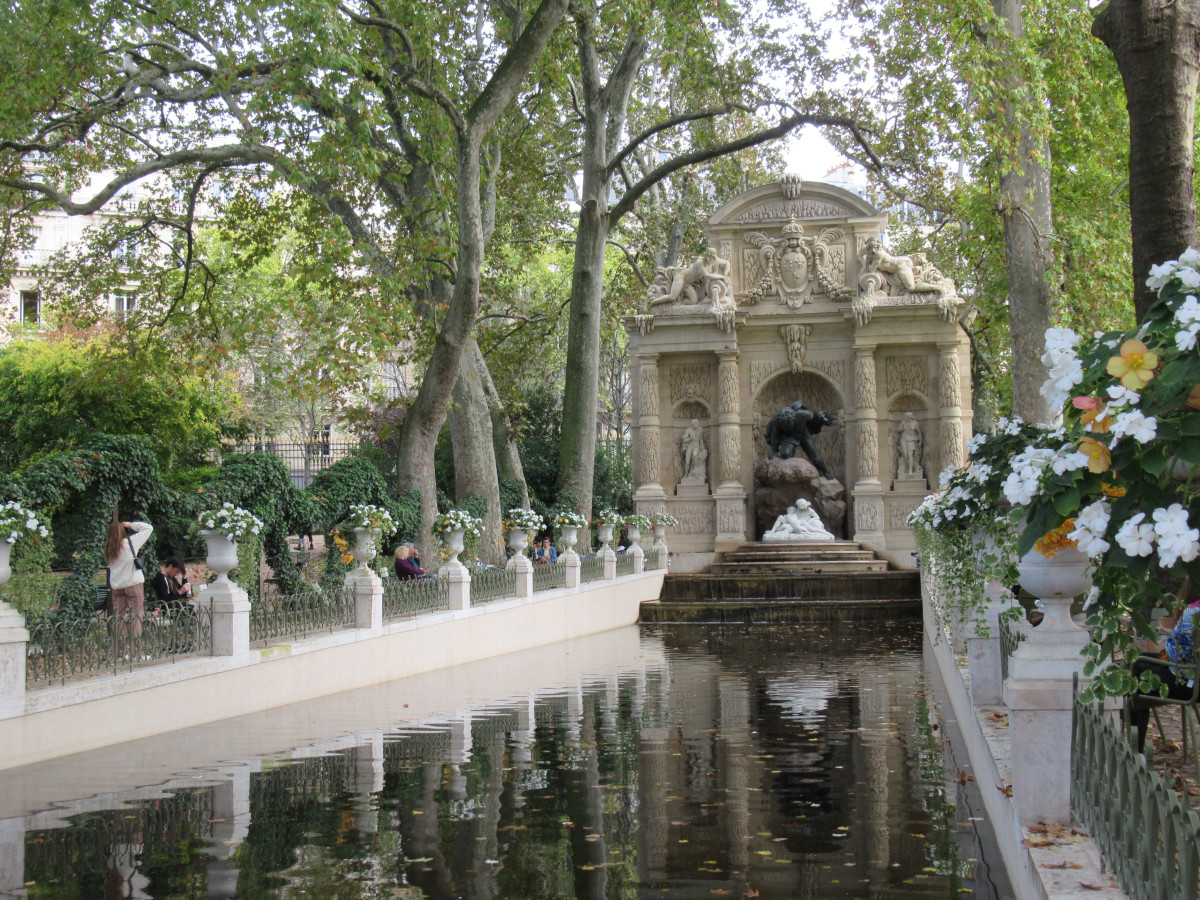
The lovely Luxembourg Gardens – many people’s favourite Paris park – sit just between the Quartier Latin and Montparnasse and have long been a popular place for students and writers alike to relax. At the northern end you will find well-known beauties like the Luxembourg Palace, now the seat of the French Senate, the exquisitely beautiful Medici Fountain, a series of statues of 20 former French queens and the boating pond, where generations of families have brought – still bring – their children to sail little boats with coloured sails.
Make sure you wander some of the rest of the gardebs to enjoy the tree-lined avenues, sit on some of the green metal chairs provided everywhere, perhaps catch a group playing boules or taking their children on a pony ride. There are a couple of cafes and a number of little booths selling snacks and drinks. Tucked behind the adventure playground is another Paris institution, the puppet theatre, open several times a week to show such classics as Les trois petits cochons (The Three Little Pigs).
the literary cafes of montparnasse
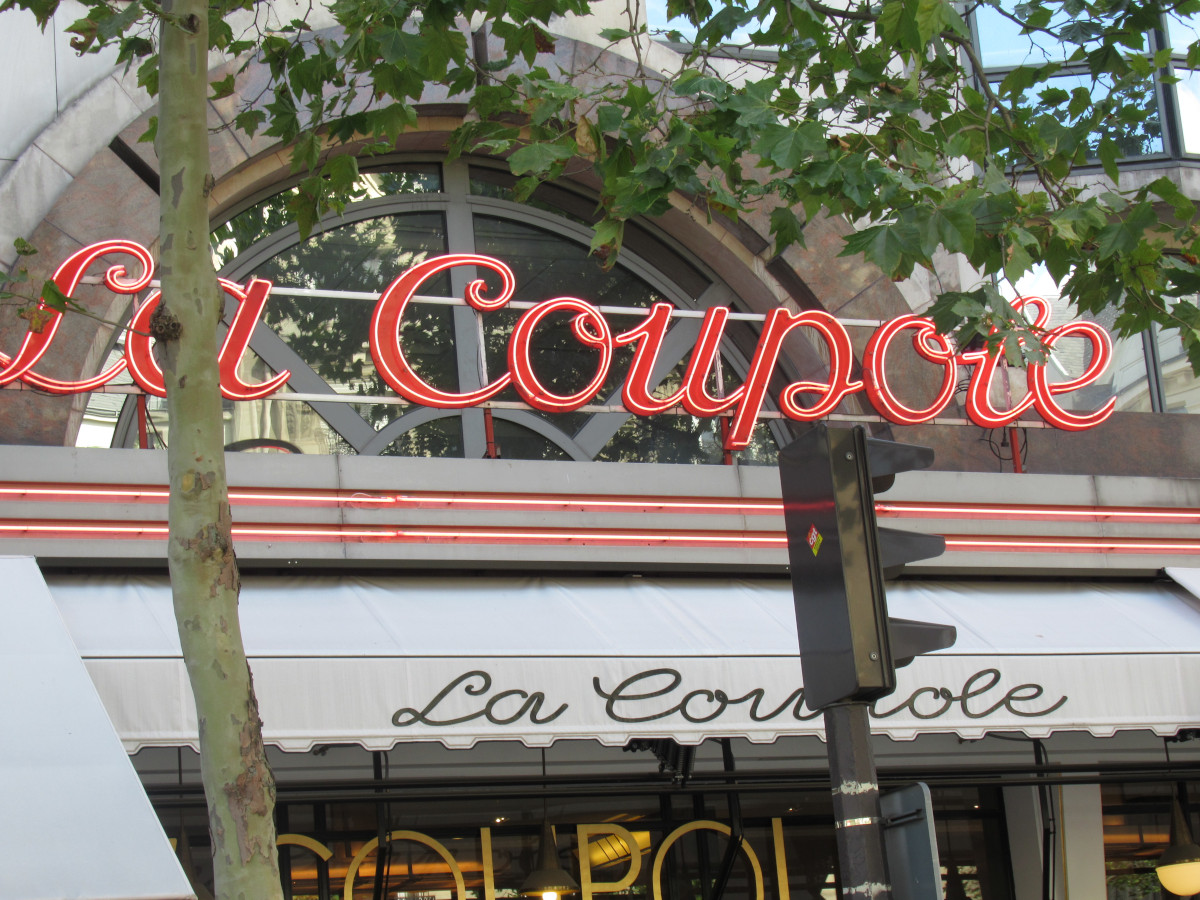
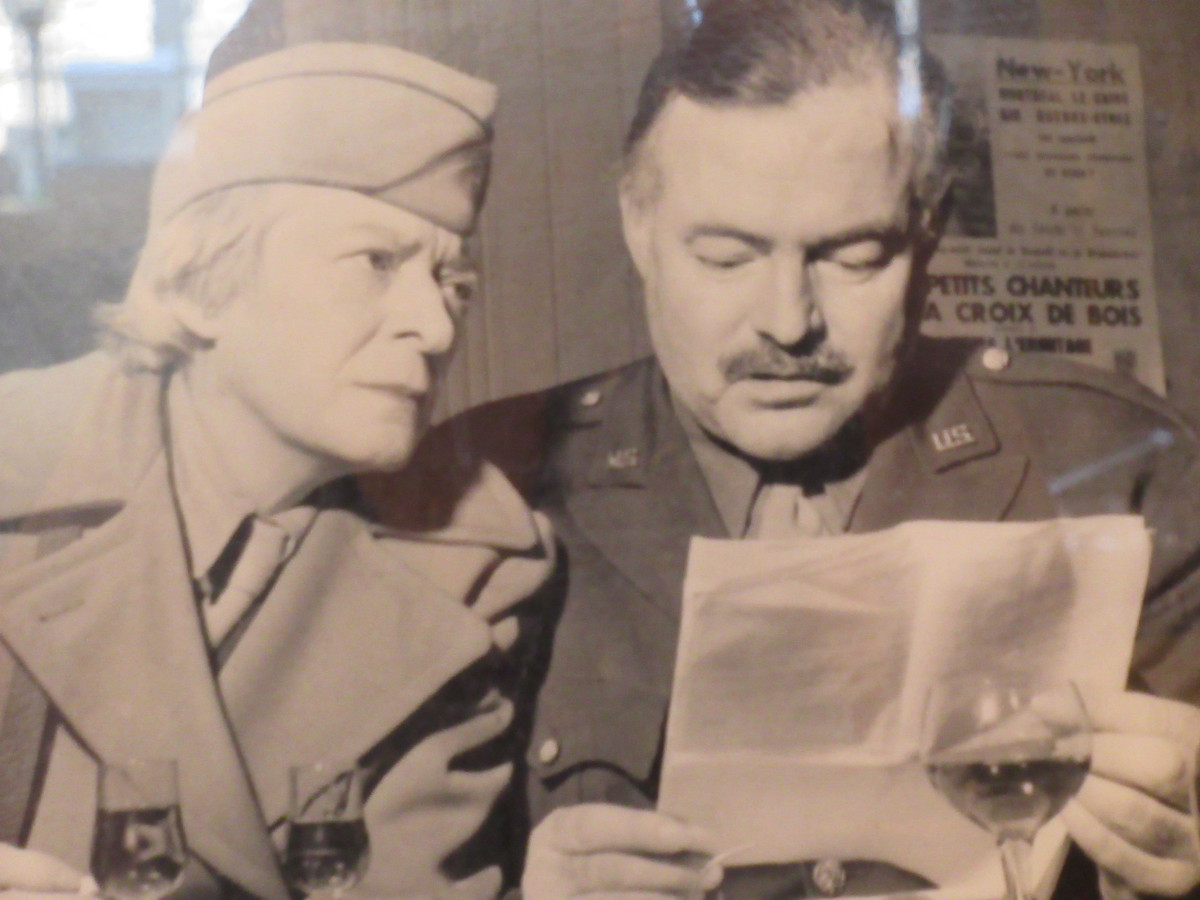
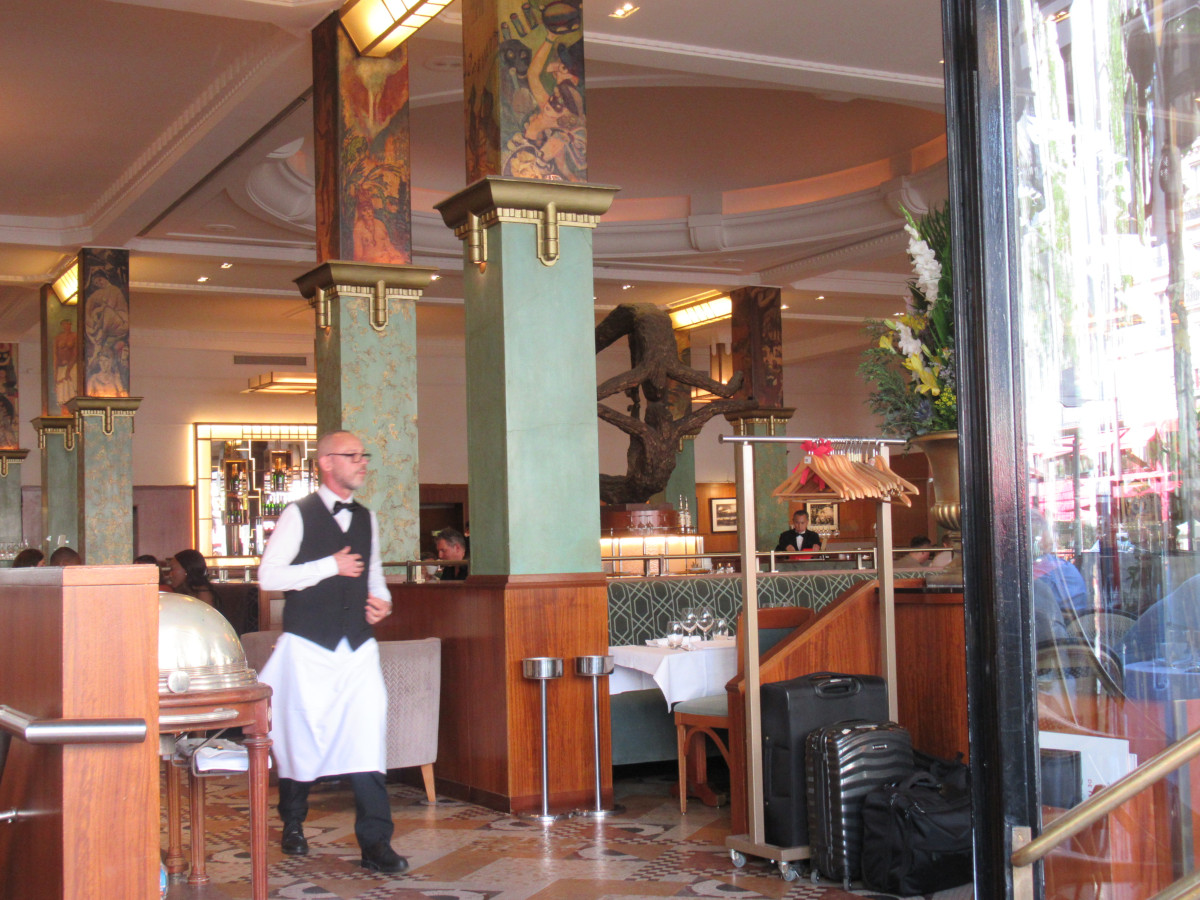
There’s a ‘Breton’ feel to part of Montparnasse and you’ll find lots of crêperies, especially in Rue d’Odessa and Rue du Montparnasse. But the area is more famous as the place where writers and artists gathered in the 1920s – think Hemingway, F Scott Fitzgerald and Modigliani – and some of their favourite haunts are still open today, albeit having gone a little up market. Le Dôme, La Rotonde and La Coupole are all clustered together on Boulevard du Montparnasse, (at numbers 102, 105 and 108 respectively), serving brasserie meals which cost a little more than many other venues, although the lunchtime set menus can be better value.
At La Coupole, look out for the art deco style pillars inside, decorated by visiting artists decades ago, usually in payment for a meal, and for the dance hall on the ground floor, where many of the 1920s crowd spent their evenings. Further along at 171 Boulevard du Montparnasse is La Closerie des Lilas, where Hemingway wrote much of his novel The Sun also Rises. In his Paris memoir, A Moveable Feast, he described long hours spent writing in Montparnasse cafés, ‘entering far into the story and getting lost in it.’
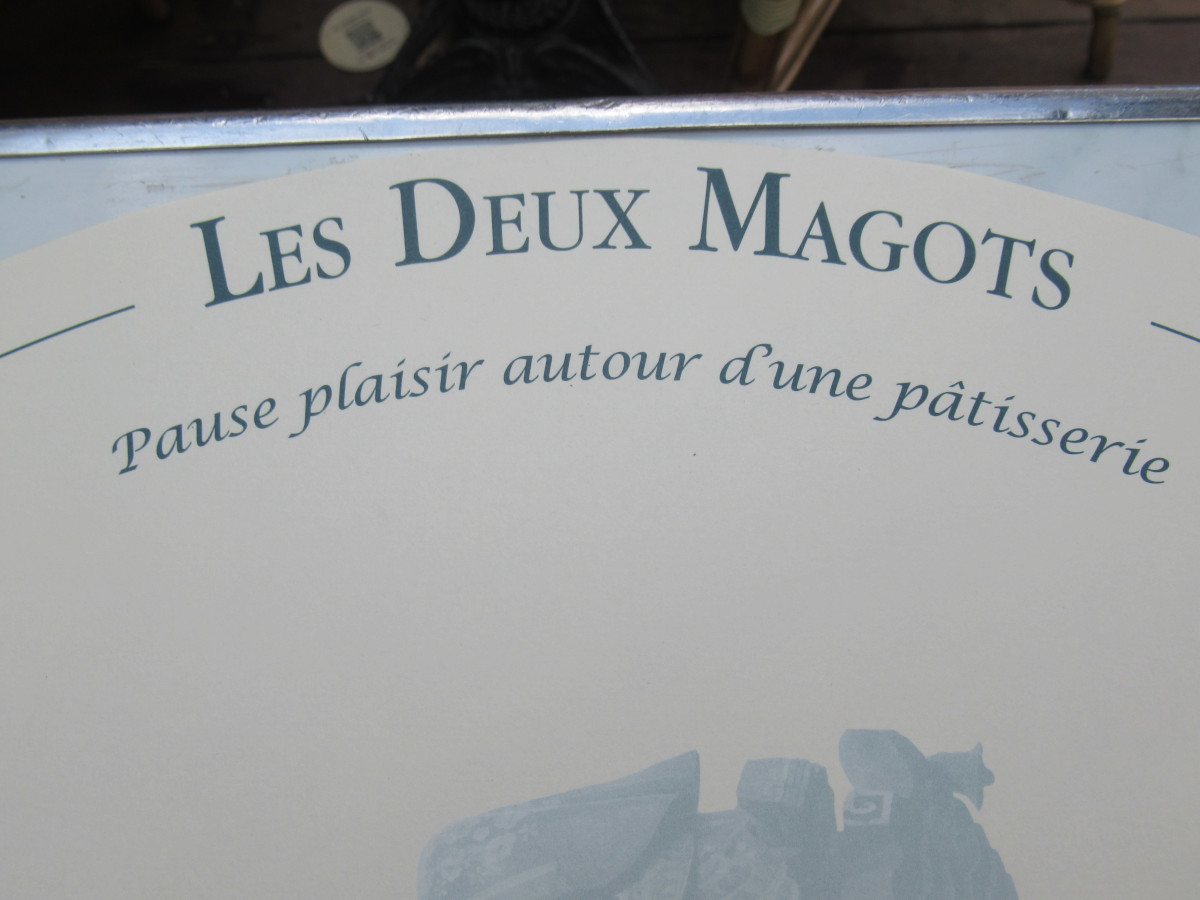
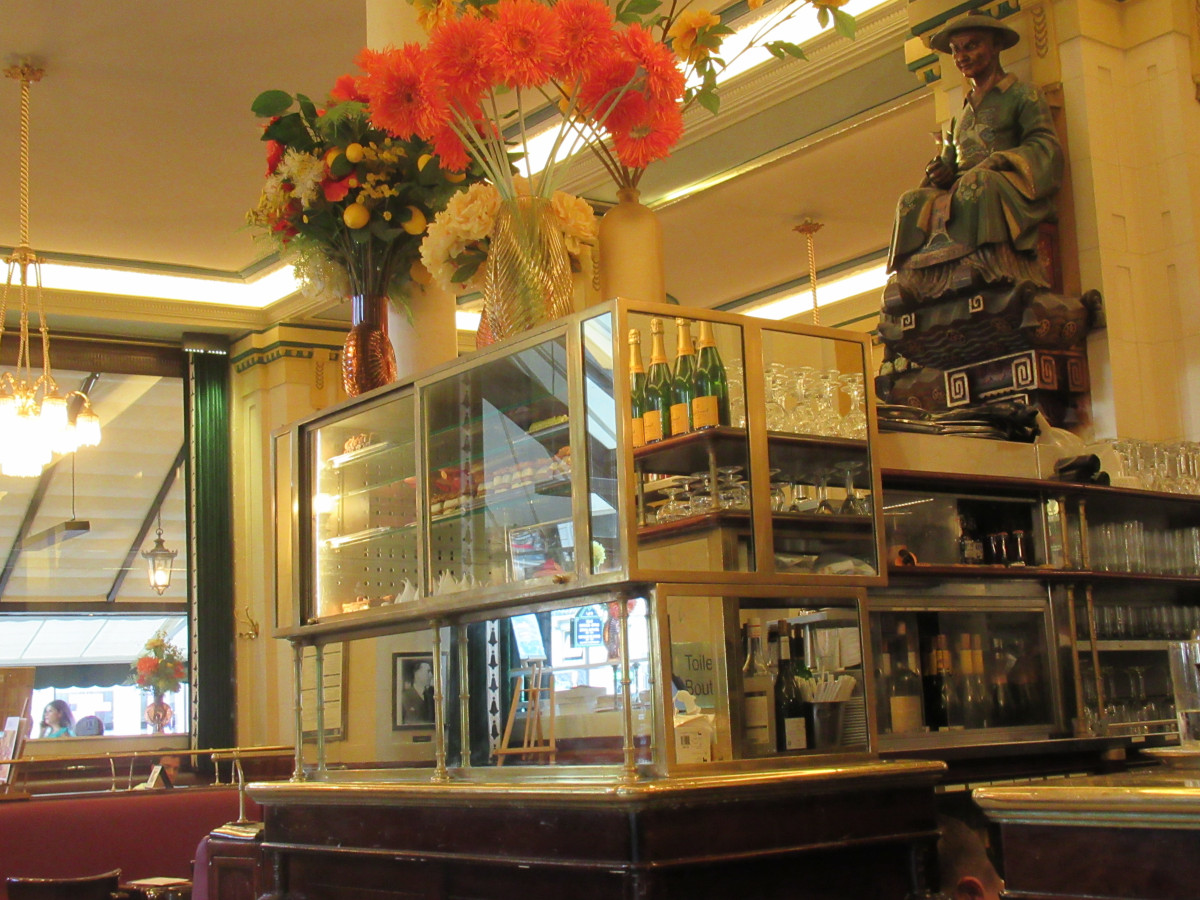
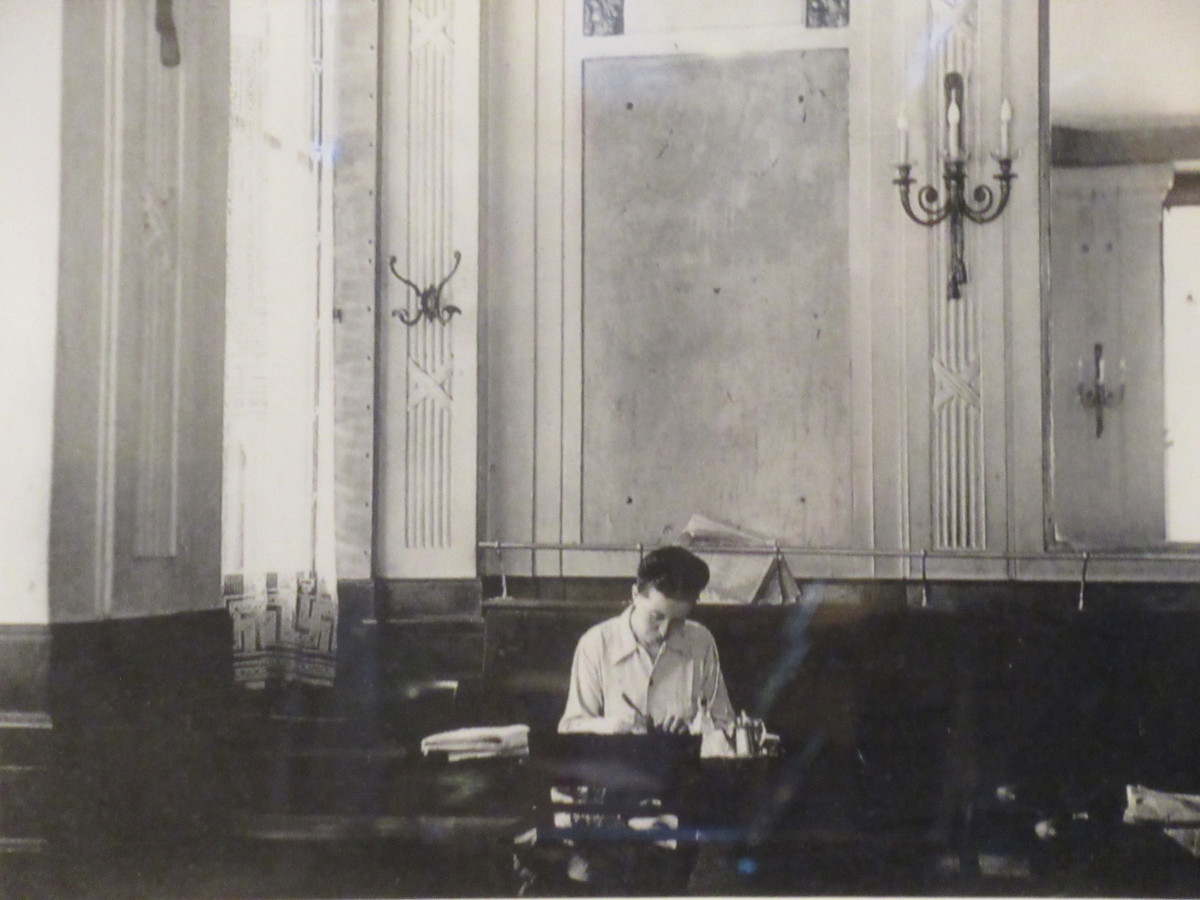
During World War II, a later generation of writers, notably Jean Paul Sartre and Simone de Beauvoir, spent a lot of time in cafés like Le Café de Flore, a little further north at 172 Boulevard St-Germain and its neighbour, Les Deux Magots. Sartre wrote that he and Simone de Beauvoir ‘more or less set up house’ at the Café de Flore, arriving at 9.00 for a morning’s writing before lunching, talking with friends for a couple of hours and then working again until the early evening. He described the miserable experience during the German Occupation in the 1940s of watching German soldiers drinking real coffee, while French customers had to make do with ‘some anonymous and ghastly substitute.’
montparnasse cemetery
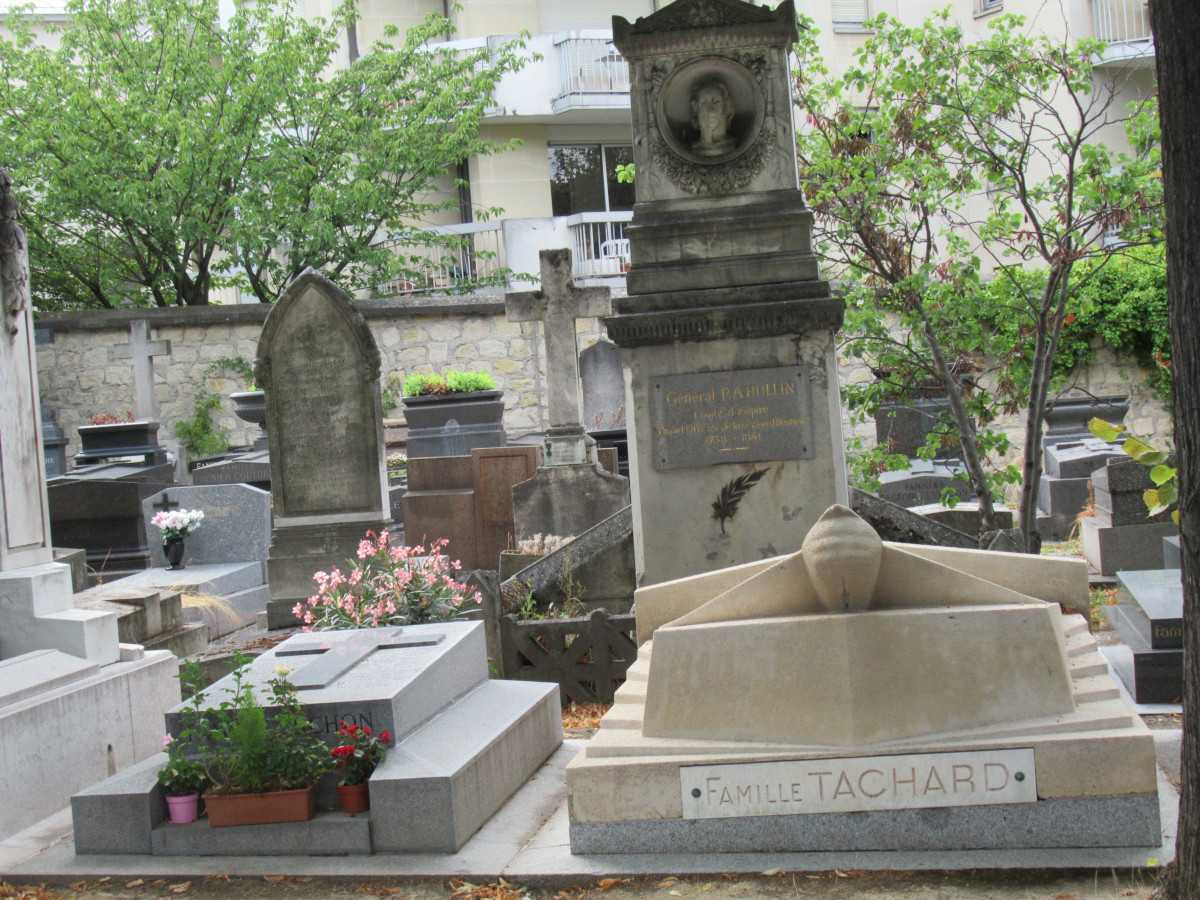
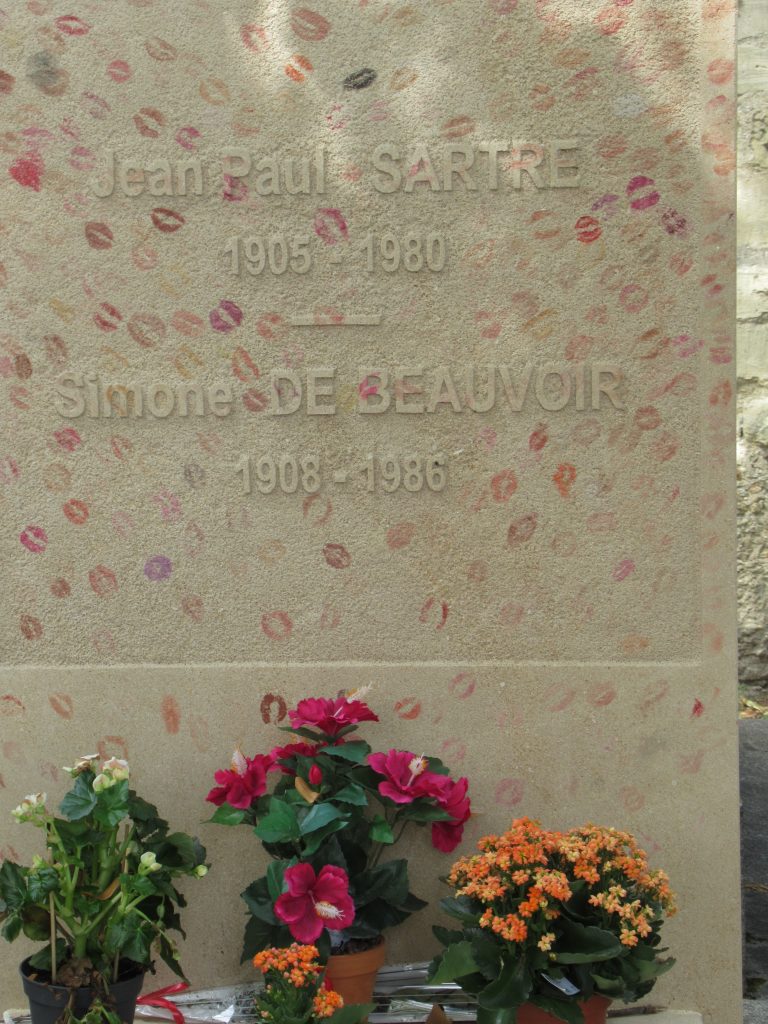
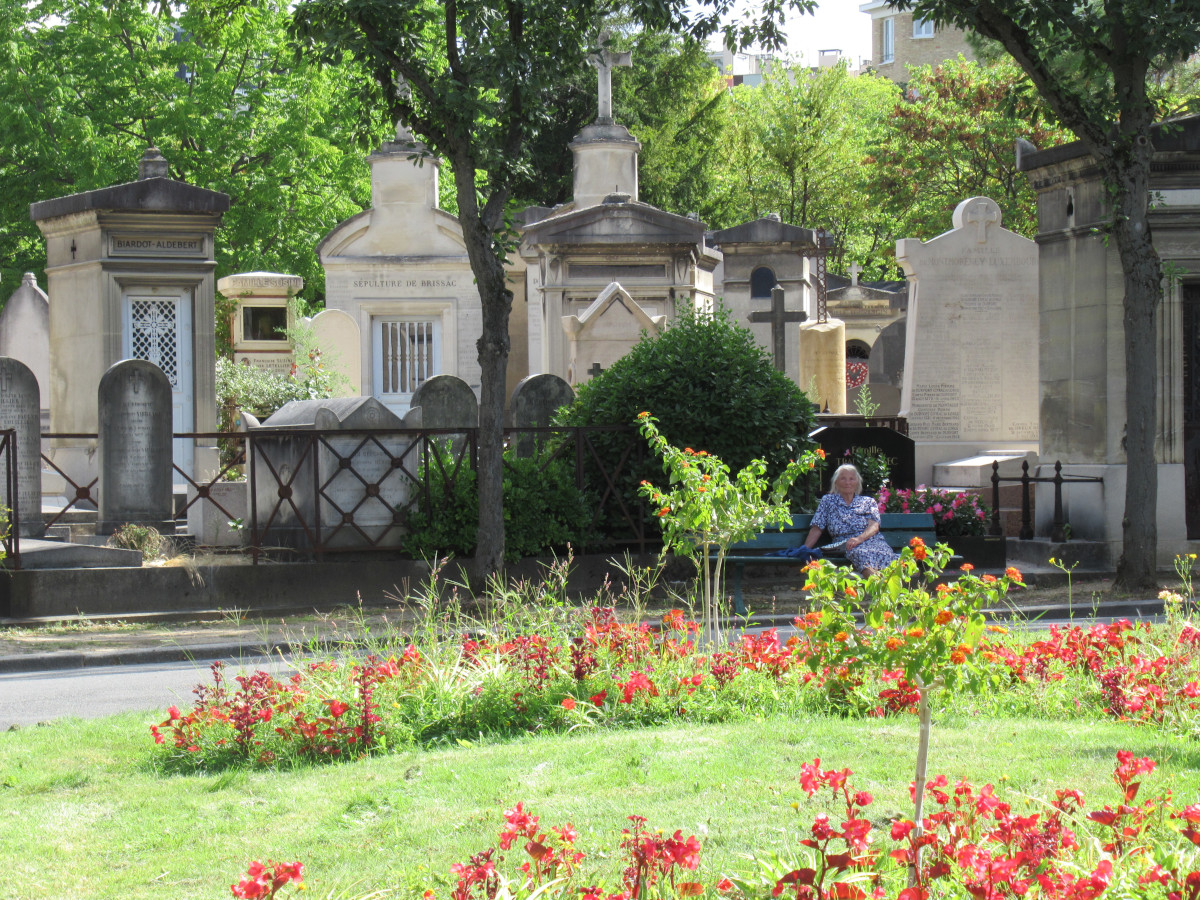
In Montparnasse Cemetery, just south of the Boulevard du Montparnasse, you will find the graves of many writers and artists. There are 35,00 graves in total, so downloading a map showing the 100 most visited graves is a must. Among those listed are the composers Saint-Saëns and Serge Gainsbourg, the sculptor Bartholdi (Statue of Liberty) and many writers including Baudelaire, Guy de Maupassant and Samuel Beckett. One of the most-visited graves is that of Sartre and de Beauvoir, buried together just to the right of the main entrance on Boulevard Edgar Quinet. You will probably find it decorated, some would say defaced, with lipstick kisses left by recent visitors.
the montparnasse tower
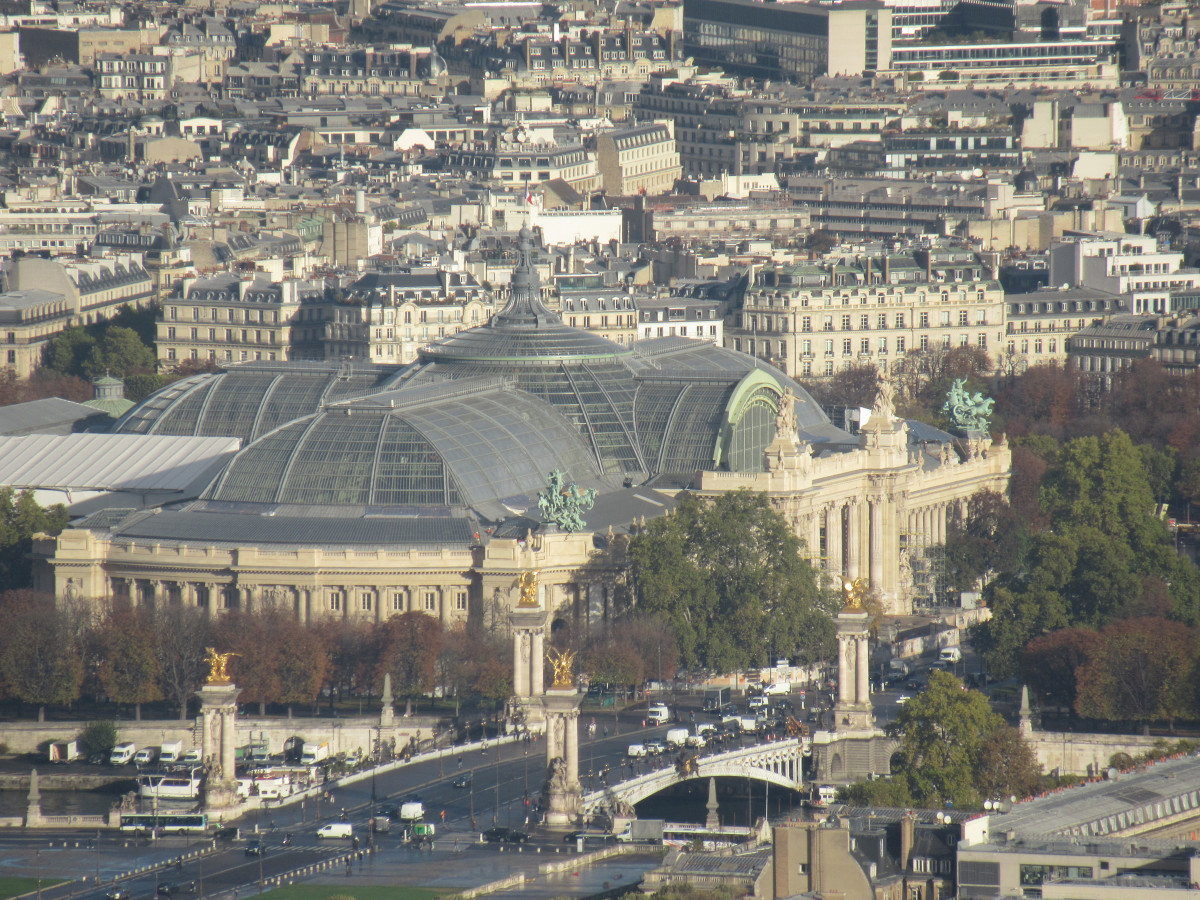

And lastly, for a bird’s eye view of Montparnasse and indeed the whole of Paris, including what is reputed to be the best view you can get of the Eiffel Tower, consider visiting the Montparnasse Tower where a lift will whisk you 60 floors up to the viewing level in a matter of seconds. It’s the city’s tallest tower, dating from the 1970s, but it’s not to all tastes. In fact, it is said to have inspired Parisians to demand that no more high-rise buildings would be built to deface their city. The cost to go up is quite steep, but the view from the top is splendid.
Listen to the podcast
Suggested reading
Paris A Literary Companion by Ian Littlewood
A Moveable Feast by Ernest Hemingway
Tête-à-Tête The Lives and Loves of Simone de Beauvoir ad Jean-Paul Sartre by Hazel Rowley
Le Paris de Sartre et de Beauvoir by Pascale Fautrier (in French)
links for this post
Ernest Hemingway in Paris A self-guided tour of Hemingway’s Paris
Hemingway’s Paris A Paris Walks guided tour
Hemingway’s Paris A Tours by Locals guided tour
Bibliothèque Sainte-Geneviève
Shakespeare and Company Bookshop
Luxembourg Gardens Puppet Theatre
La Coupole
La Rotonde
La Closerie des Lilas
Le Café de Flore
Les Deux Magots
Map of Montparnasse Cemetery
Montparnasse Tower
Previous Episode In Search of the Occupation in Paris
Next Episode The Seine and the Champs Élysées
Last Updated on January 7, 2024 by Marian Jones
